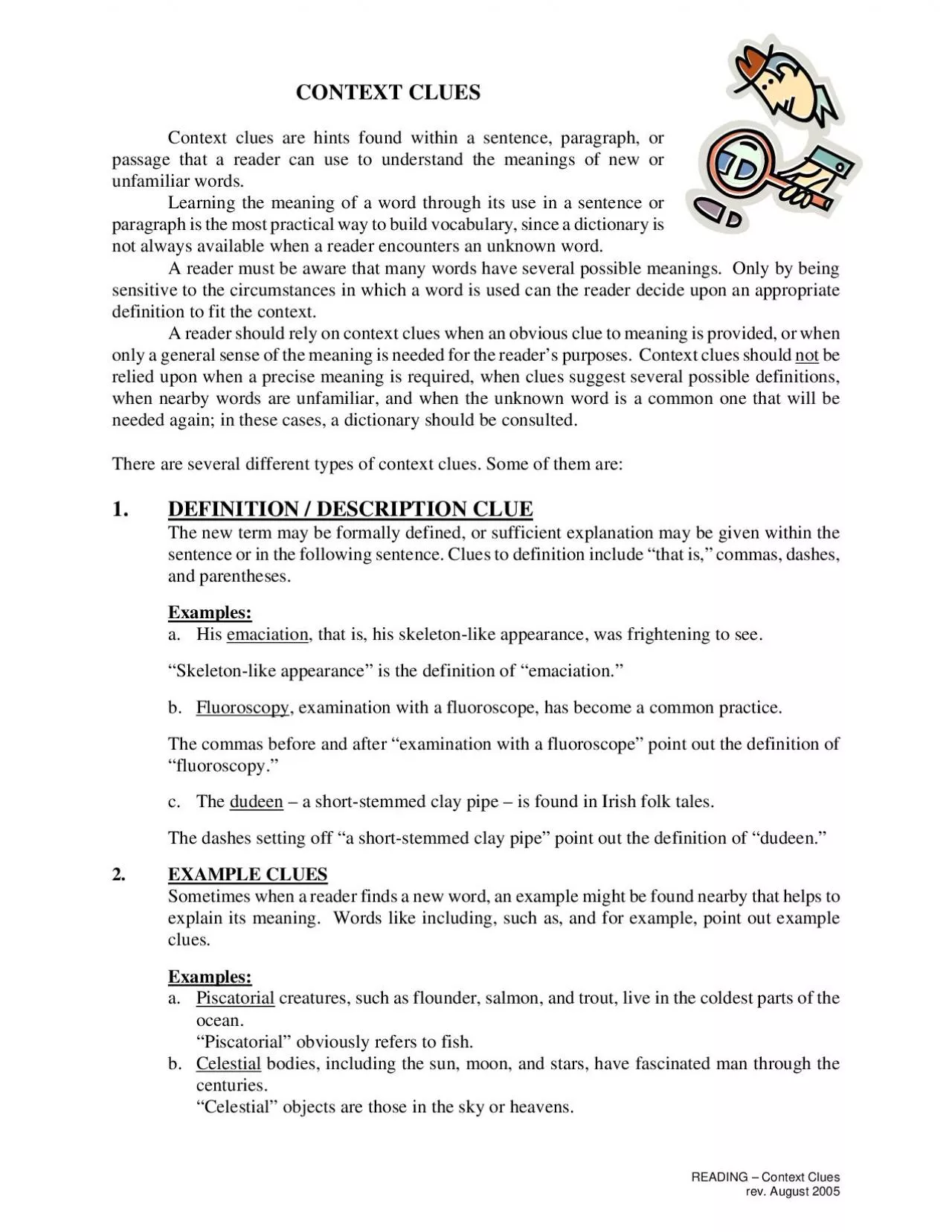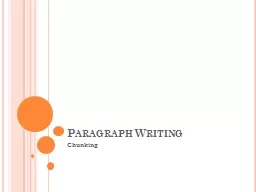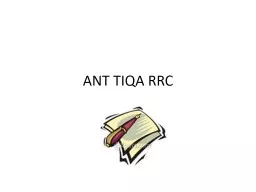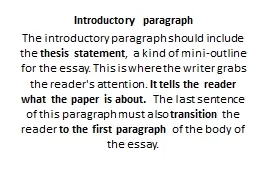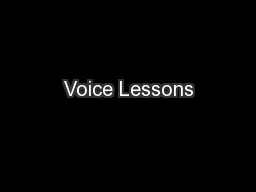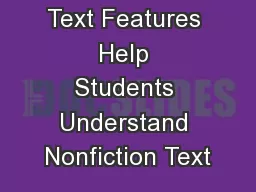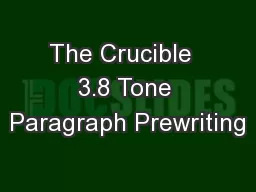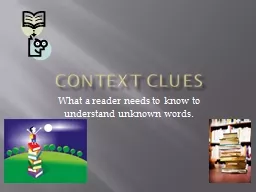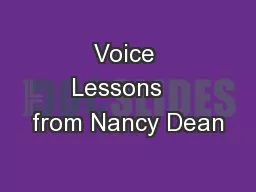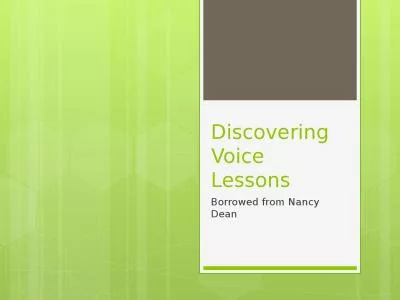PDF-in a sentence paragraph or passage that a reader can use to understand
Author : naomi | Published Date : 2021-10-02
be relied upon when a precise meaning is required when clues suggest several possible definitions when nearby words are unfamiliar and when the unknown word is a
Presentation Embed Code
Download Presentation
Download Presentation The PPT/PDF document "in a sentence paragraph or passage that ..." is the property of its rightful owner. Permission is granted to download and print the materials on this website for personal, non-commercial use only, and to display it on your personal computer provided you do not modify the materials and that you retain all copyright notices contained in the materials. By downloading content from our website, you accept the terms of this agreement.
in a sentence paragraph or passage that a reader can use to understand: Transcript
Download Rules Of Document
"in a sentence paragraph or passage that a reader can use to understand"The content belongs to its owner. You may download and print it for personal use, without modification, and keep all copyright notices. By downloading, you agree to these terms.
Related Documents

